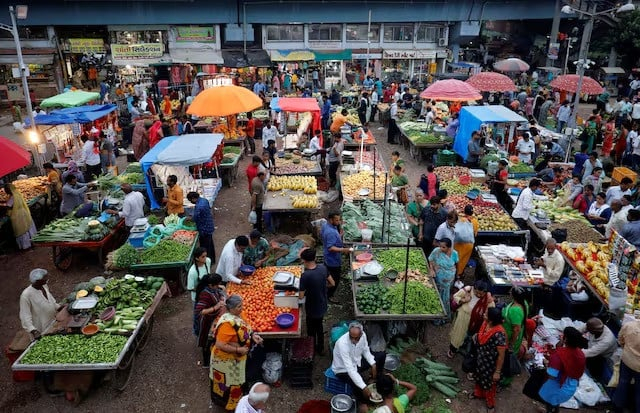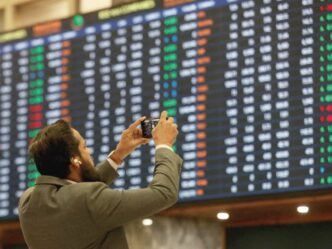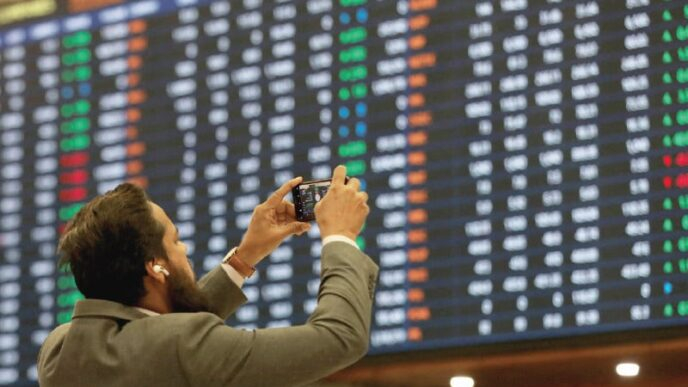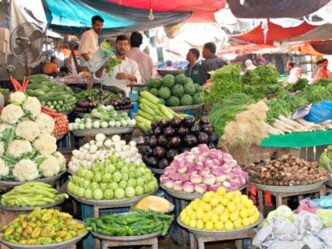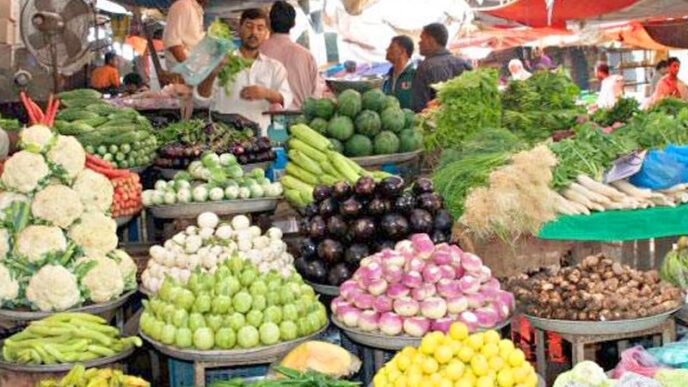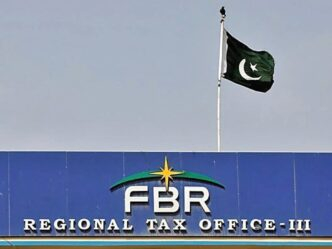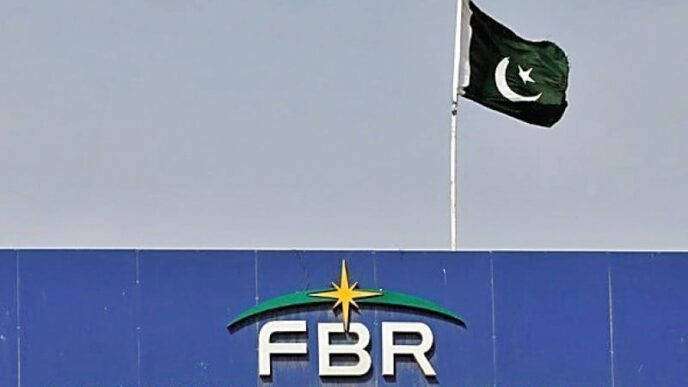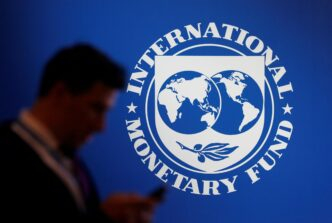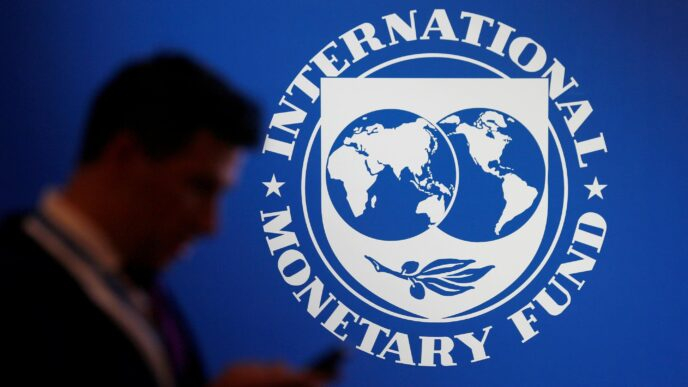NEW DELHI:
India’s August retail inflation remained below the central bank’s target of 4% for the second consecutive month, but vegetable prices continued to soar, dampening hopes of a dovish stance in the next monetary policy meeting.
Annual retail inflation was at 3.65% in August, higher than the revised 3.60% in July and economists’ forecast of 3.5%.
India’s key inflation gauge slipped below the Reserve Bank of India’s 4% target in July after a gap of nearly five years, largely due to the high-base effect.
Prices of food, which account for nearly half of the retail inflation, rose 5.66% in August, compared to a 5.42% rise in the previous month.
Vegetable prices rose 10.71% year-on-year in August against a 6.83% rise in the previous month. The inflation rate for cereals was 7.31% in August compared to 8.14% in the previous month, while that for pulses was 13.6% against 14.77% in July.
“The slight uptick in August inflation was largely led by surprise on food prices,” Upasna Bhardwaj, an at Kotak Mahindra Bank said.
Risks from spiking food inflation remain but the sudden plunge of global oil prices to a near a 3-year low could partly offset them.
Above-normal rainfall due to the delayed withdrawal of the annual monsoon could damage India’s summer-sown crops like rice, cotton, soybean, corn and pulses, which are harvested from mid-September.
This could boost food prices, but the rains may also result in higher soil moisture, benefiting the planting of winter-sown crops such as wheat, rapeseed and chickpea.
The RBI, which kept its key interest rate unchanged for a ninth straight meeting in August, is widely expected to proceed cautiously with monetary policy easing.
“We expect the RBI to maintain its current policy rate for now,” said Sujan Hajra, an at Anand Rathi Shares and Stock Brokers.
The next monetary policy meeting is scheduled for October 7-9.
Core inflation, which strips out volatile food and energy prices, continued to hover around 3% and was estimated between 3.3% and 3.4% in August against 3.35% and 3.40% in July, according to three economists.

